How To: Valuable Culinary Lessons
“Hey, If I Eat This Will It Kill Me?”

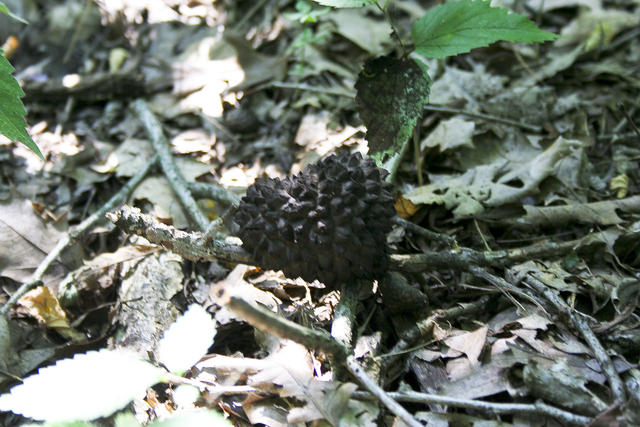
Old man of the woods. Totally inedible, slightly smelly but cool looking.
Maren Tarro

Redbelt, a shelf fungus. Inedible but still neat to look at.
Maren Tarro
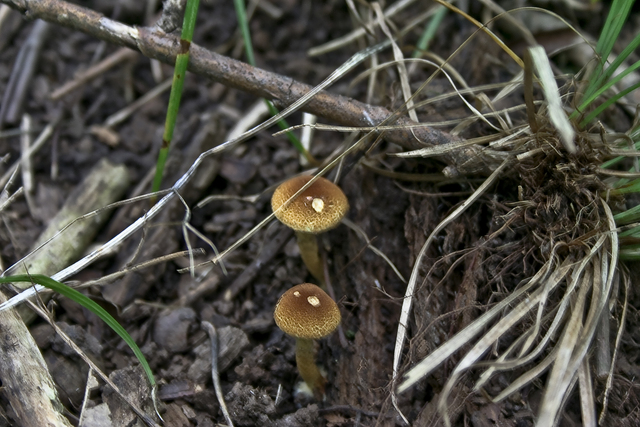
Two mushrooms of the same variety at different stages. One has a flat cap, while the other is bell-shaped.
Maren Tarro

Though inedible, turkey tails are still pretty cool. Perhaps the most common mushroom in North America, the bands of varying colors do resemble the tails of their namesake.
Maren Tarro

A single dead man's finger, usually found in clumps
Maren Tarro

The inside of a dead man's finger
Maren Tarro

Young chanterelles with a convex cap instead of the typical funnel shape
Maren Tarro

Puffball. Most types are edible but identify carefully to avoid eating immature amanitas.
Maren Tarro
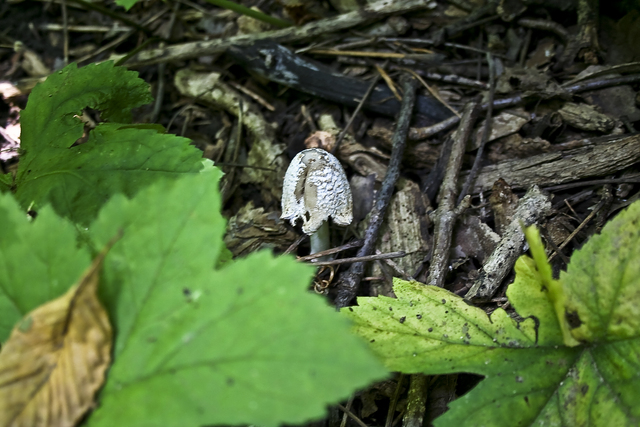
Unidentified mushroom with veil remnants
Maren Tarro
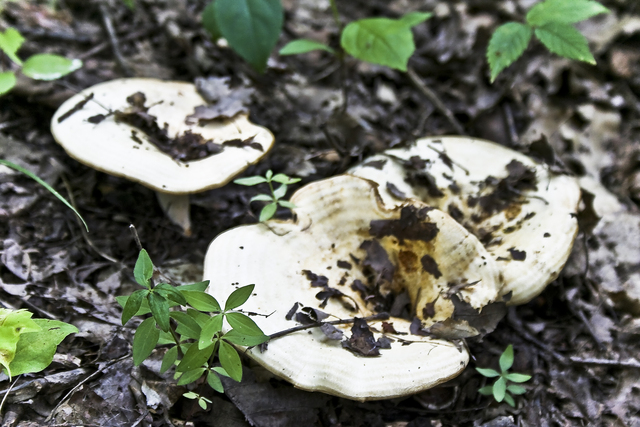
Brittle-gilled mushroom, unidentifiable due to its sharing characteristics with several species
Maren Tarro
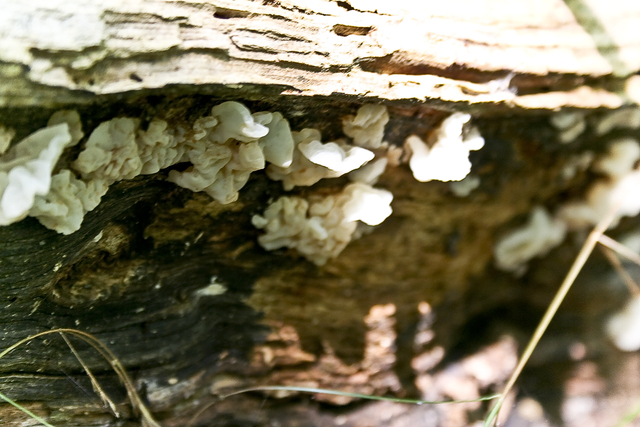
This is some sort of jelly fungus growing on the inside of a dead tree stump.
Maren Tarro








